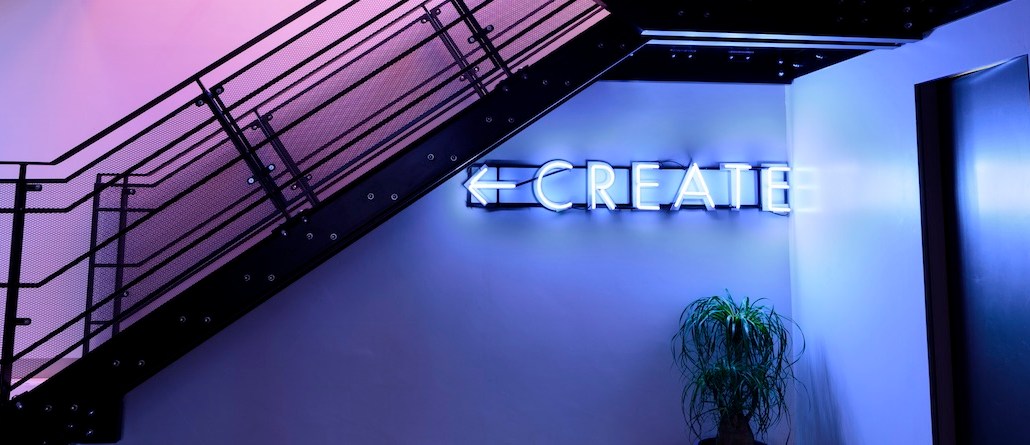Save 50% on a 3-month Digiday+ membership. Ends Dec 12.
How the UK defines the ‘cool’ factor of hot brands like Sonos and Netflix

What makes a cool brand? Innovation, originality, authenticity and desirability, according to Stephen Cheliotis, chairman of the CoolBrands Council, which has released a survey on the U.K.’s top 20 “cool” brands.
Besides Apple, which topped the charts for the fourth year in a row, a few interesting insights can be gleaned when looking at the rest of the top 20. Fourteen brands retained their top 20 status, suggesting that new arrivals have to try extra hard to make a dent.
Service-oriented brands and companies operating in the connected space (Spotify, Netflix, Sonos) enjoyed higher rankings compared to more luxury brands (Dom Perignon, Rolex and Stella McCartney) which dropped out of the top 20 list.
The list is determined by a panel of experts (broadcasters, editors, musicians) and then voted on by 2,500 representatives of the U.K. public. The purpose of the survey in Cheliotis’ words is “to identify brands doing a good job creating a cool cache that experts and the public can appreciate.”
The problem then is defining something what it is, exactly, to be “cool.”
“It’s subjective, of course,” he says. “For someone, ‘cool’ could mean sustainability or clever advertising. Whatever impacts that person’s perception of the brand is legitimate.”
Sonos Studio shows originality.
Cheliotis notes the “slow rise of the new guard replacing the old” when looking at this year’s list. Most notably, home audio brand Sonos ousted established names like Sony and Bose. The clear differentiator here is originality. Sony, it would seem, is currently not doing as much as it once was to differentiate itself from other audio brands.
Cheliotis hazards that there are fewer luxury brands, such as Dom Perignon, Rolex and Stella McCartney, because they all seem to be doing “the same thing.”
“Sonos definitely has the buzz. It’s a young company that has the momentum,” he points out.
The brand shows innovation and authenticity through the launch of its second flagship studio in London, which, according to the company, was a two-year project in the making. The Sonos Studio in the hip Shoreditch neighborhood of London is a public space where people can go and collaborate, listen to music or attend workshops and masterclasses, among other events and galleries the space holds.
Netflix innovative use of data.
Netflix made its top 20 debut in 2014 at No. 10 and has since risen to fifth coolest brand.
The company was singled out for its use of data to A/B test, having found the optimum user interface to hook viewers into binge-watching whole series, pushing the boundaries for innovative ways to use data to enhance the experience. Not to mention its use of data to inform the content of its original shows.
Netflix’s affordability is key to its popularity, according to Cheliotis, and reflects a change in culture. “Cool used to be about aspiration; that’s changed now. People are more excited about things that are free. Netflix is much more flexible and bespoke. It’s what you want, when you want it.”
Royal Albert Hall revamps marketing.
This is the first time the iconic arts venue has appeared in the top 20. Known for its orchestral music, the hall is now billing more contemporary artists as part of its late night-series, including Pete Tong, Naughty Boy and Emeli Sande.
Originality and innovation come from its outreach to new creators. And a revamp in branding and marketing make it seem more progressive.

This summer to promote its “Back to the Future Live” in concert event, where the film was screened alongside a live orchestral score, the venue teamed up with mobile gaming platform Gameloft to run its ad campaign over the platform’s gaming properties. It used audience data to target males aged 30 and over who would be fans of the cult classic and interested in attending the event.
Two cool brands that didn’t make the cut: Uber and Airbnb, but look for them to make it on to next year. “That’s the trajectory we expect,” says Cheliotis. “A continued move toward brands that contribute to life and make it a lot easier for us.”
More in Marketing

In Graphic Detail: Here’s what the creator economy is expected to look like in 2026
Digiday has charted its expected revenue, key platforms for creator content as well as what types of creators brands want to work with.

Ulta, Best Buy and Adidas dominate AI holiday shopping mentions
The brands that are seeing the biggest boost from this shift in consumer behavior are some of the biggest retailers.

Future of Marketing Briefing: AI confuses marketers but their own uncertainty runs deeper
That was the undercurrent at this week’s Digiday Programmatic Marketing Summit in New Orleans.






